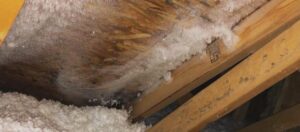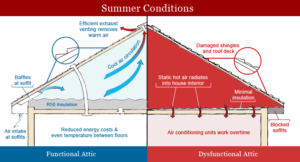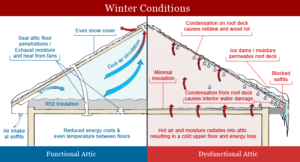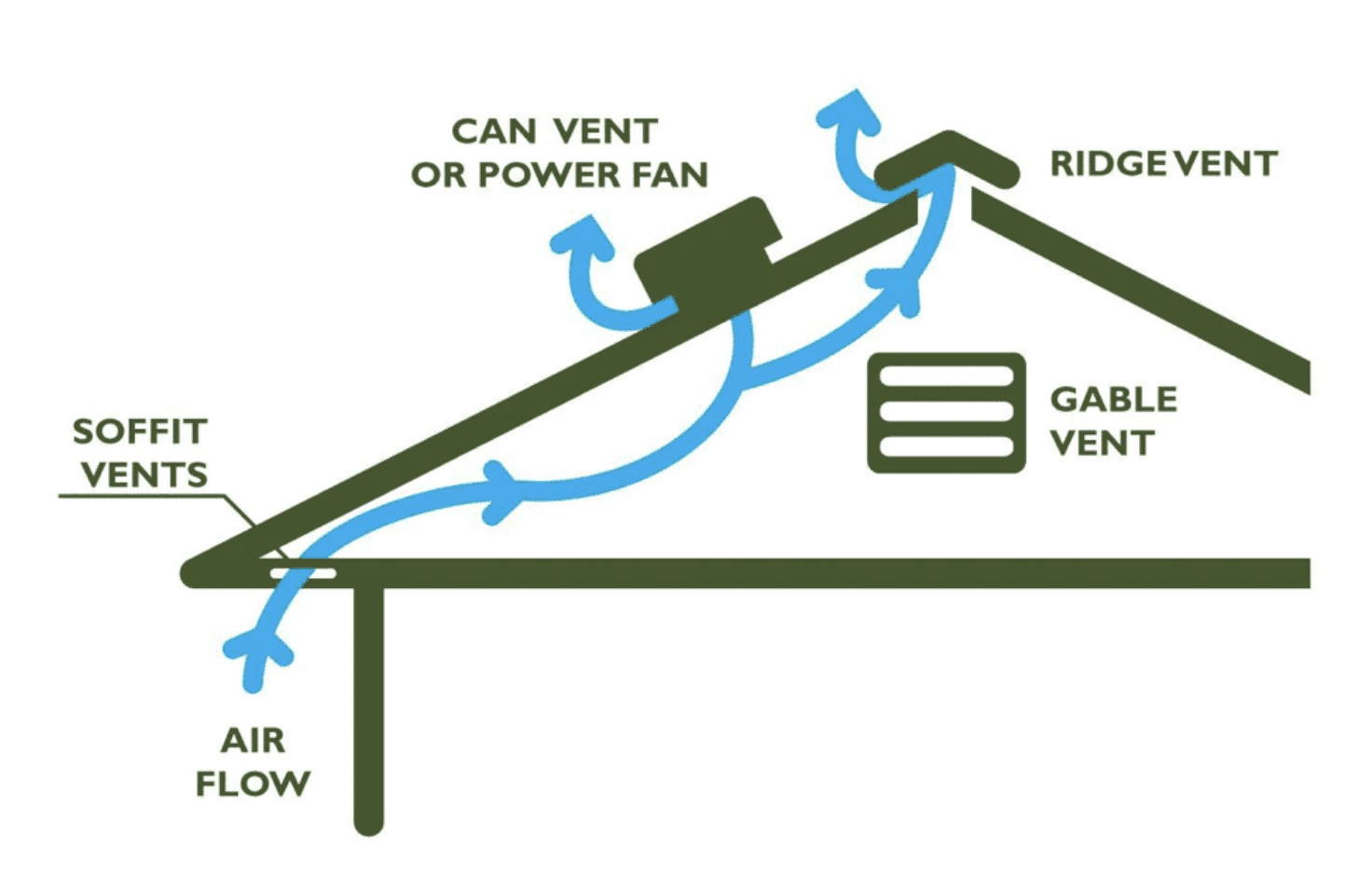New Consumer Education Forum:
Over the past 27 years we have seen literally thousands of various roof types and have fielded many customer questions and concerns. For that reason, we have decided to compile a list of the most commonly asked questions by the general public and our customers.
Why is this important to us?
We strongly believe that if we are able to help educate the general public and potential customers on what to ask and look for regarding a new roofing project, they in turn will be able to make an informed, intelligent buying decision one based on knowledge and a better understanding of the overall process.
Why should it be important to you?
Over the past few years, especially with the on slot of the Covid-19 pandemic, we have all seen the cost of goods and many services skyrocket due to supply chain disruptions, labour shortages and many other factors. Softwood lumber prices is one good example, it had seen an increase of over 120 percent from two years earlier. Roofing material prices are no different, with shingle manufacturers and suppliers raising prices over 20 percent the past year alone.
That being said, this is exactly why we feel so strongly in helping to educate consumers and to help them make informed decisions based on facts. Remember, knowledge truly is power, do your research and don’t be afraid to ask questions!
Topics:
- What Happens if Your Soffits are blocked?
- The effects of improper intake & exhaust venting
- Ice dam problems
Future Topics:
- Attic and Exterior assessments with IR Thermal Imaging what does it show that we can not see
- What can cause mold in your attic, and tips on how to prevent it
What Happens If Your Soffit’s Are Blocked with Insulation?
When your roofer came to inspect your roof, did he ask to have a quick look in your attic first? Checking to ensure your attic is breathing properly should be the first thing any professional roofer looks at.

The photo above shows an attic whose intake vents were blocked over time by insulation. Look at the potential mold issues this may cause. These blocked soffits can cause or contribute to attic condensation, moisture and potential mold contamination if left unchecked. In addition, the attic or roof exit venting without adequate intake venting may increase building heating cost. Improper venting may also cause your new roof to fail prematurely. If the shingle manufacturer sees there are not sufficient intake and exhaust vents, it could void your warranty.

 In conclusion:
In conclusion:
Insist your roofing contractor check the attic (if reasonably accessible) for proper intake and exhaust venting as well as any potential roof deck problems such as; mold, delamination of the plywood or in older homes that may have large gaps between the board decking.
Note: in most cases there is no need for your roofer to crawl into the attic. All he has to do is lift the attic hatch and take pictures of the soffit area and underside of the decking.
We understand it isn’t always possible or easy to create a balance system of intake at the soffits and exhaust out through the peak of the roof, to be honest sometimes it can be a real pain!
We believe as a professional roofing contractor it is our responsibility to make every effort (where reasonably possible) to ensure our customers are well informed regarding any potential problems or extra cost before they make a decision. It’s just the right thing to do!
Was this information helpful?
Very much so
Somewhat
Not really
The Effects of Improper Intake & Exhaust Venting and Poor Insulation:
A cause of Attic Condensation, Ice Dam Leaks & Attic Mold in buildings
Proper intake & exhaust venting, and insulation are key components!
Insulation:
At first it may seem odd to add insulation for warmth and then purposely allow cold air to enter the attic through vents, but this combination is the key to a durable and energy-efficient home.
Here’s why; in winter, allowing a natural flow of outdoor air to ventilate the attic helps keep it cold, which reduces the potential for ice damming (snow that melts off the roof from an attic that is too warm and then re-freezes at the gutters, causing an ice dam that can cause damage to your roof.) Proper insulation also keeps attics cold in winter by blocking the entry of heat and moist air from below.
In the summer, natural air flow in a well vented attic moves super-heated air out of the attic, protecting roof shingles and removing moister.
 Intake & Exhaust Venting Best Practices:
Intake & Exhaust Venting Best Practices:
The ideal attic ventilation system is a balanced one and a passive one. This means that no air is actually being blown anywhere. This system relies on the natural movements of hot and cold air to make the air in your attic the right temperature.
In order to achieve this system of balance, you need the correct number of intake vents “if possible” which are usually installed at the soffit area and exhaust vents near the peak of your roof.
If the roof venting system is out of balance, you may start seeing problems. This includes, but not limited to; high energy bills, ice dams, and roof deterioration. In addition, mold could grow on the underside of your roof sheathing or down into the wall cavity where you can’t see it.
This problem has less to do with excess heat trapped in your attic than it does with the moister problem created by inadequate ventilation. One problem we see with ventilation is that some roofing contractors haven’t installed enough intake vents or worst none at all. Perhaps it’s just too time consuming for them to install intake vents at the soffit so they slap a new roof on top and call it a day!
onclusion:
In order for a roof to last, it should have a balance of intake and exhaust venting combined with properly installed insulation and air sealing if required.
Ice Dams:
Common customer complaint: Why am I still having ice dam problems after my new roof was installed?
 Myth:
Myth:
The roofer said all I had to do was install “ice & water shield” at the roof edge that would correct the problem. Such a solution is nothing more then a “band-aid” solution and does not address the core problem.
The truth is, your shingles and roof deck have very little to do with cause of ice dam problems that’s right!
The science behind ice dam problems:
The photo above shows how ice dams are in part due to (heat loss) from the interior living space. In addition to heat loss, issues such as poor ventilation will also contribute to the problem. Address these two concerns before the new roof is installed and you should see a noticeable difference come the following winter.
Was this information helpful?
Very much so
Somewhat
Not really
